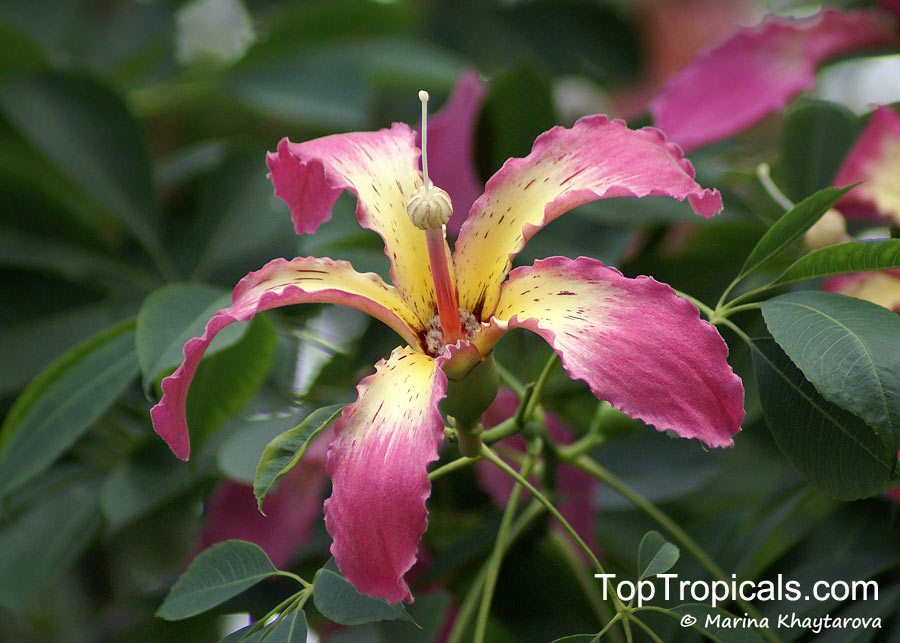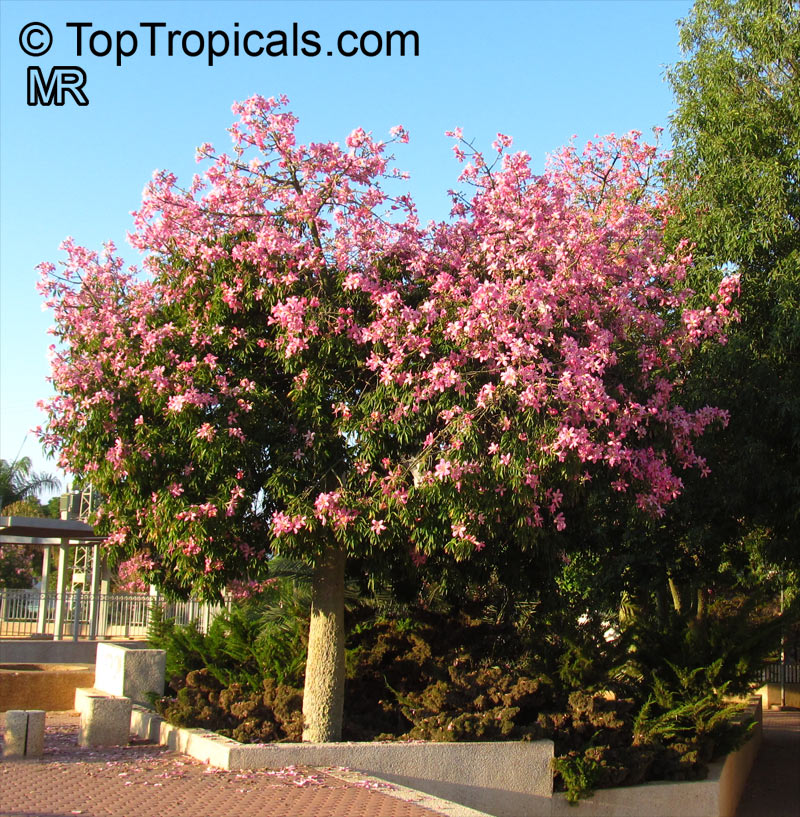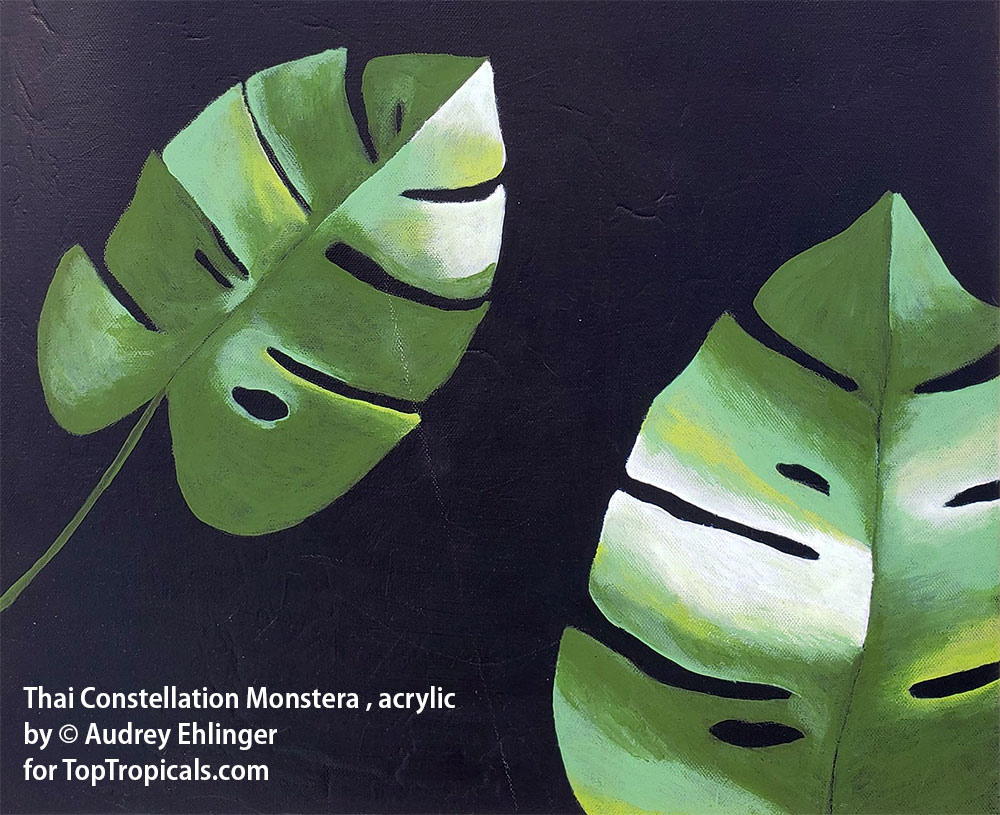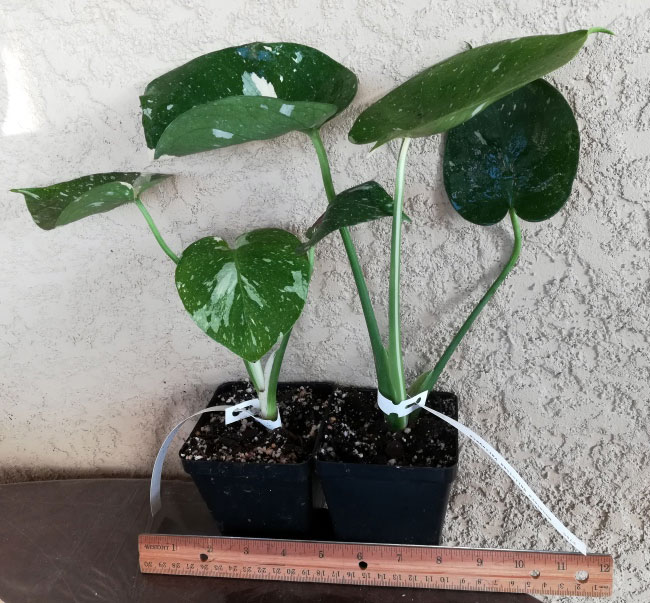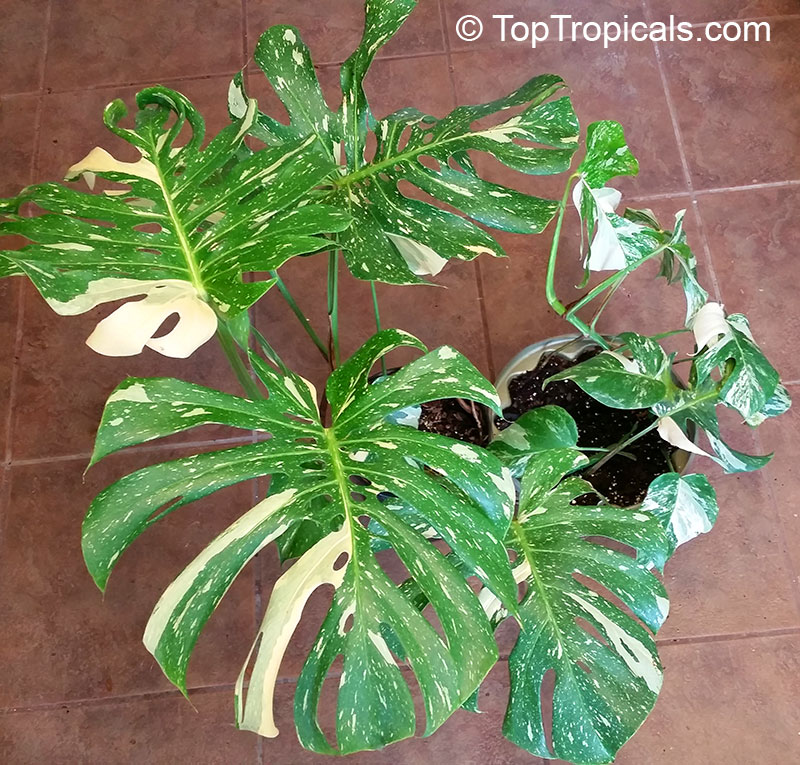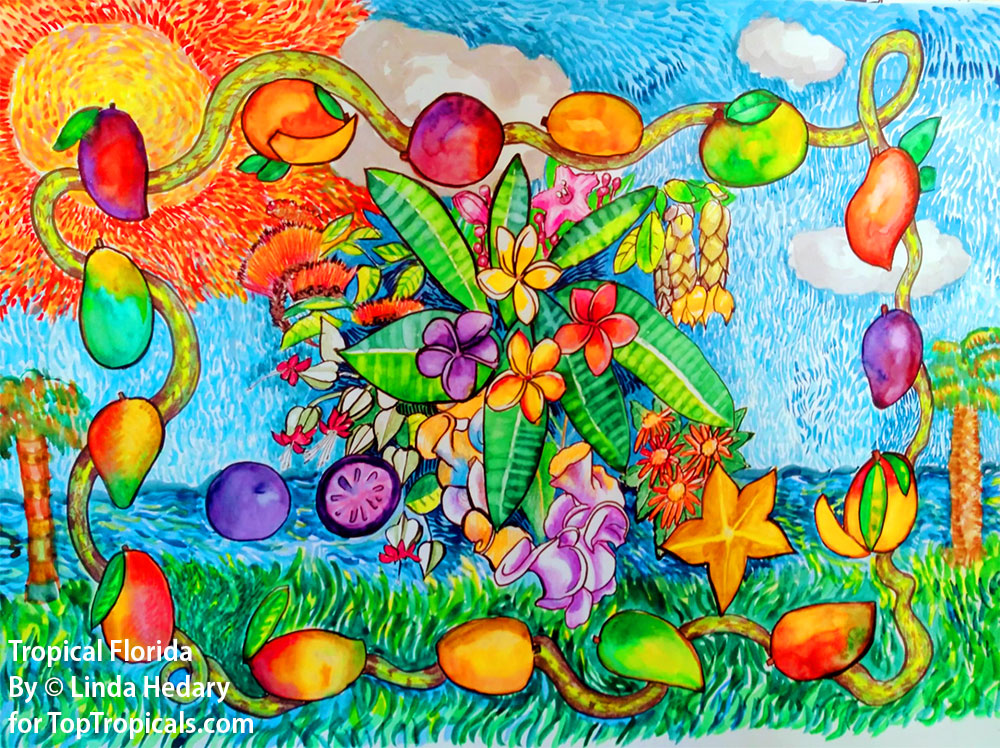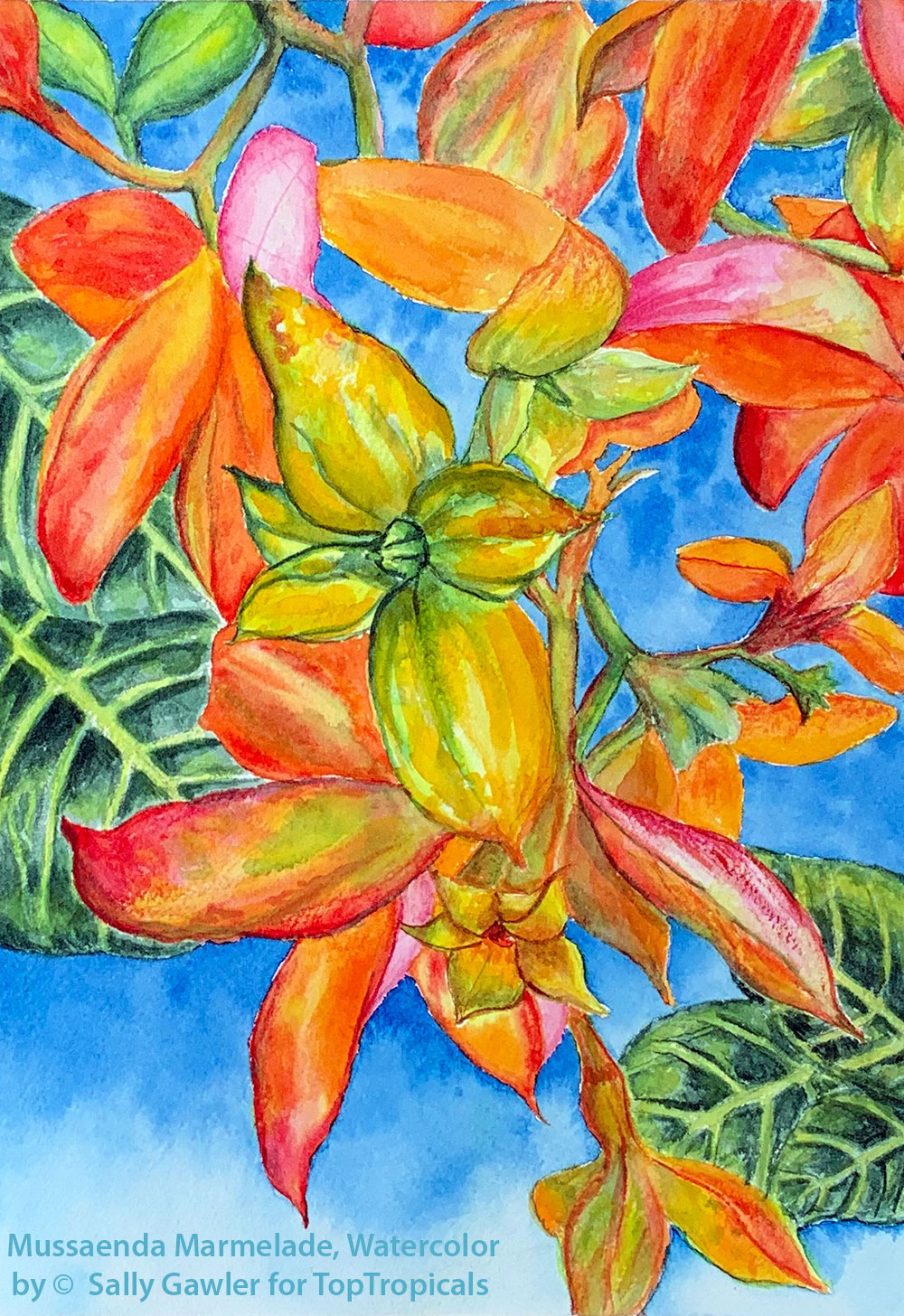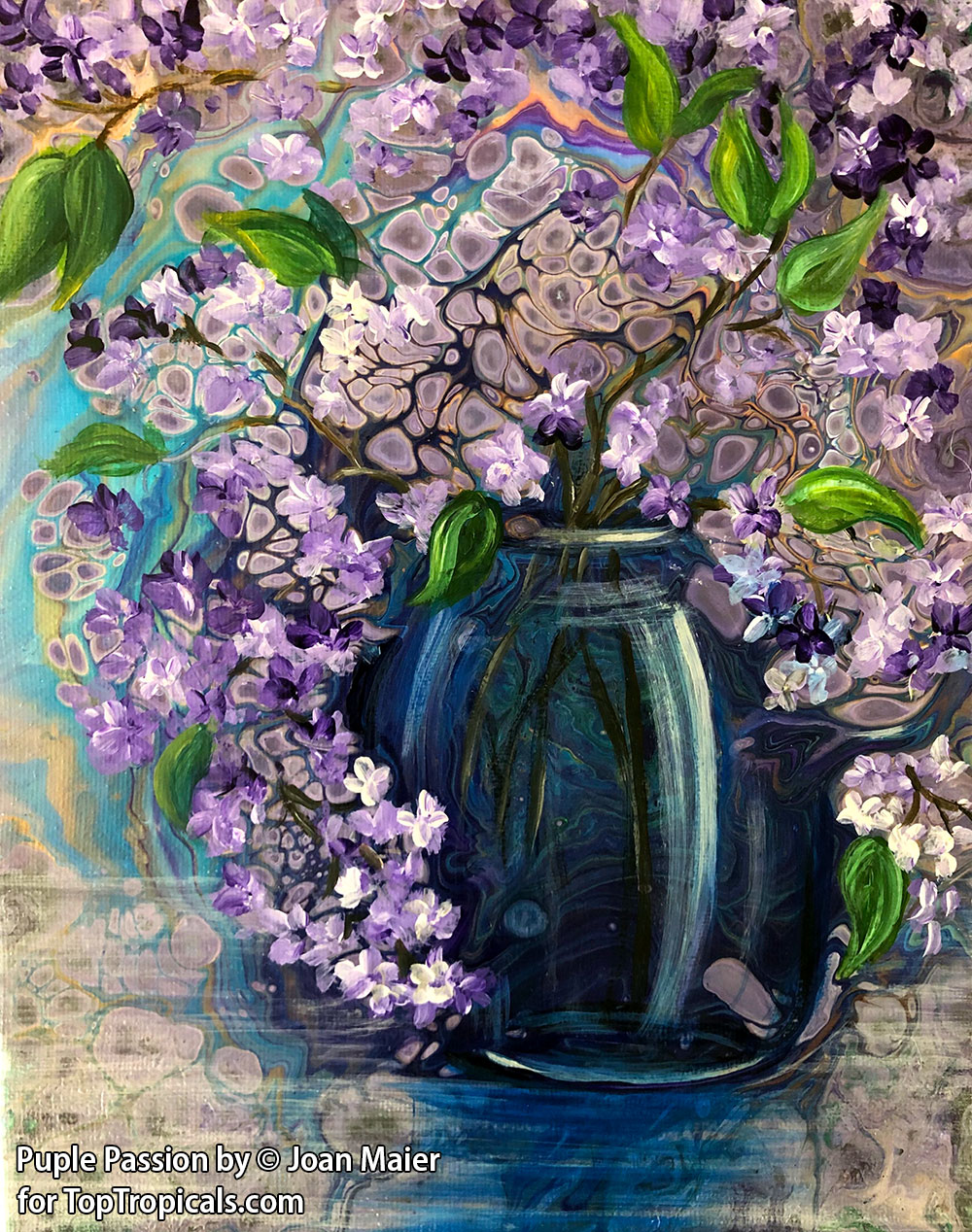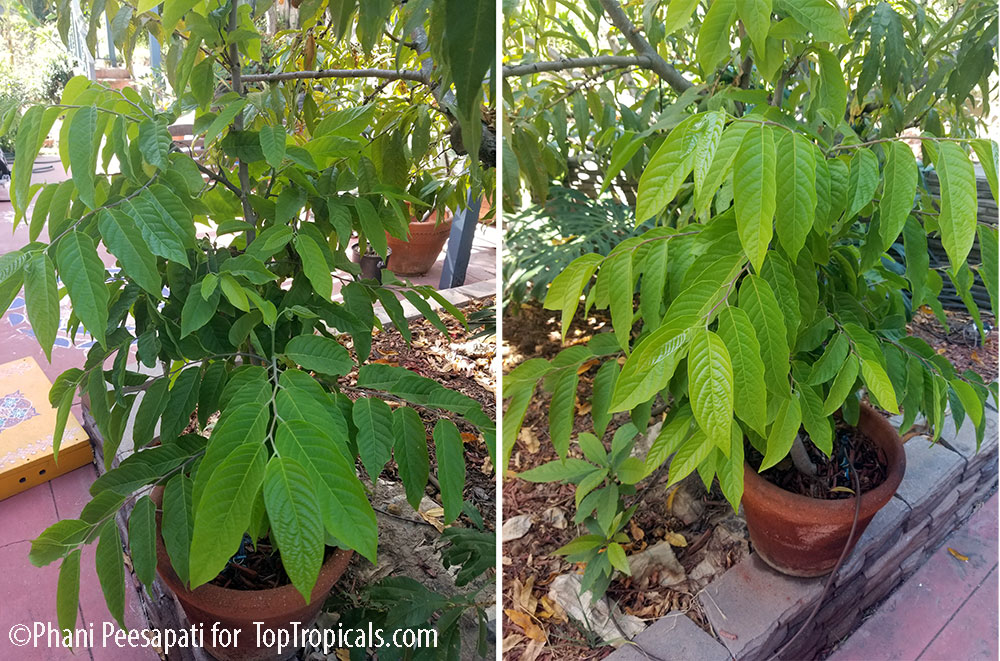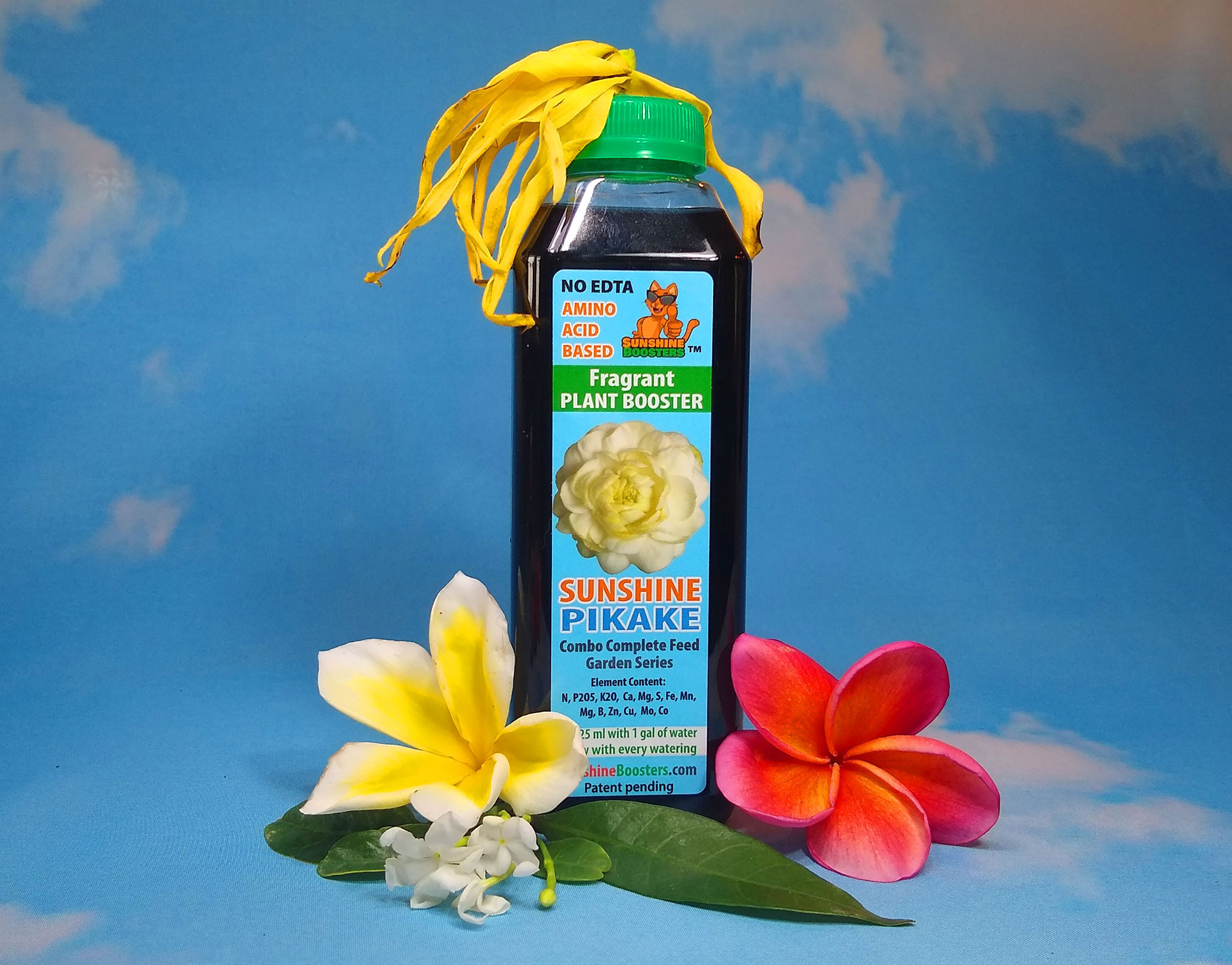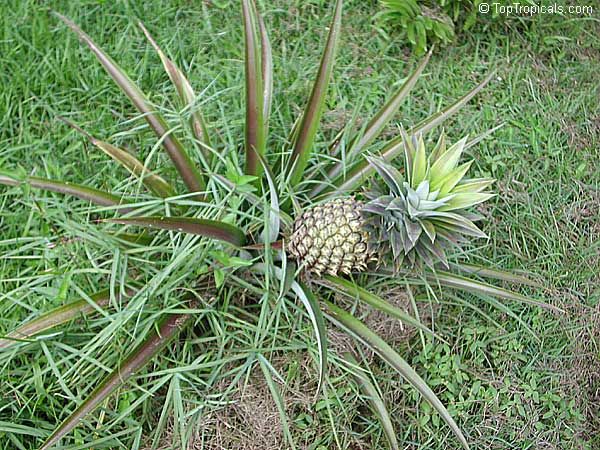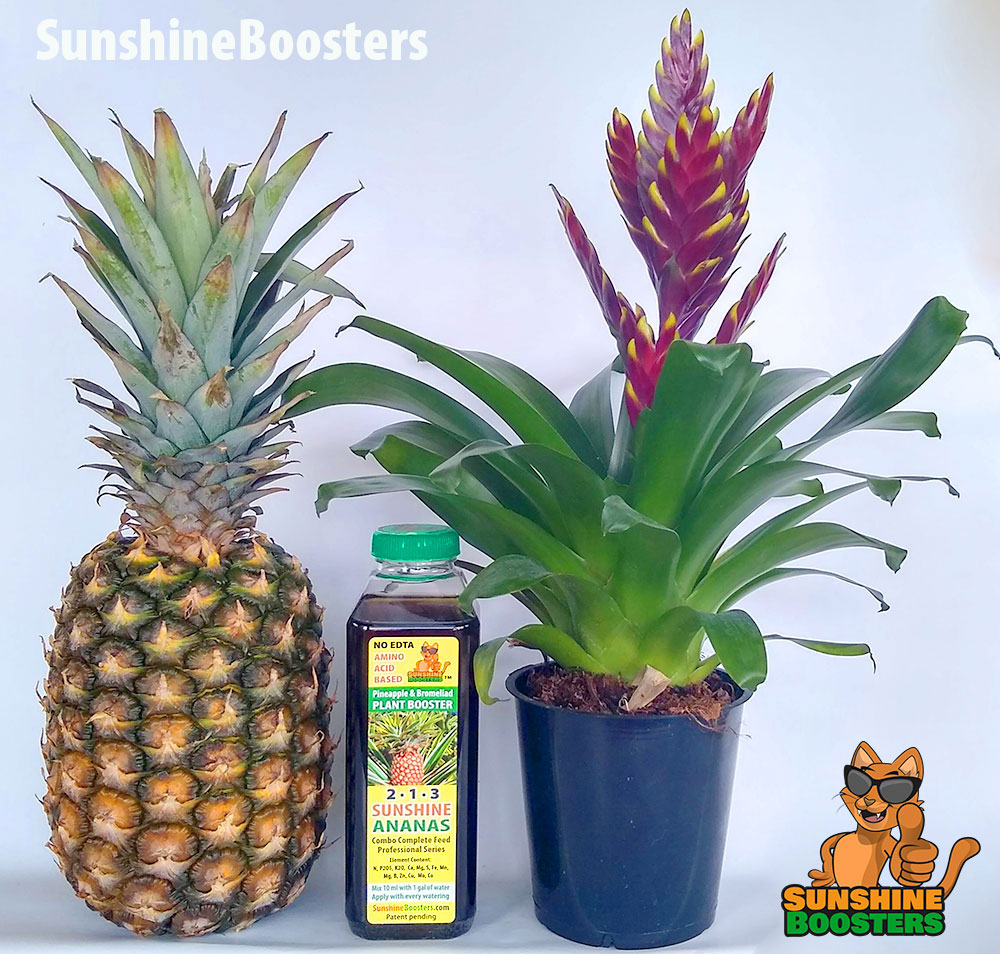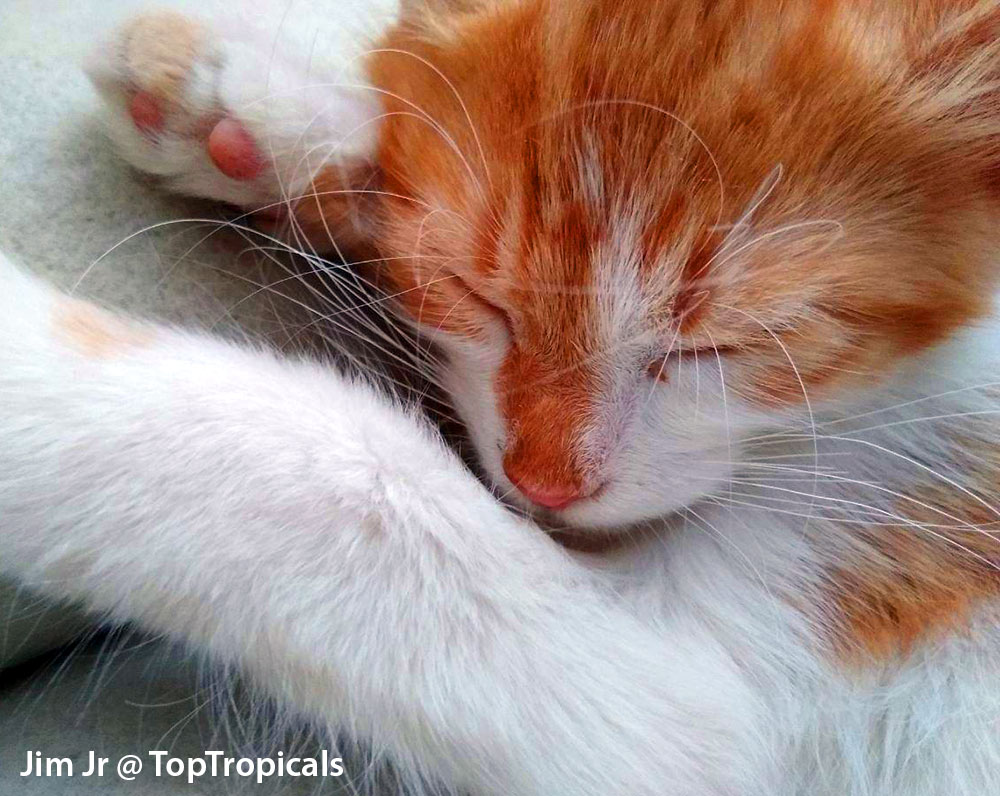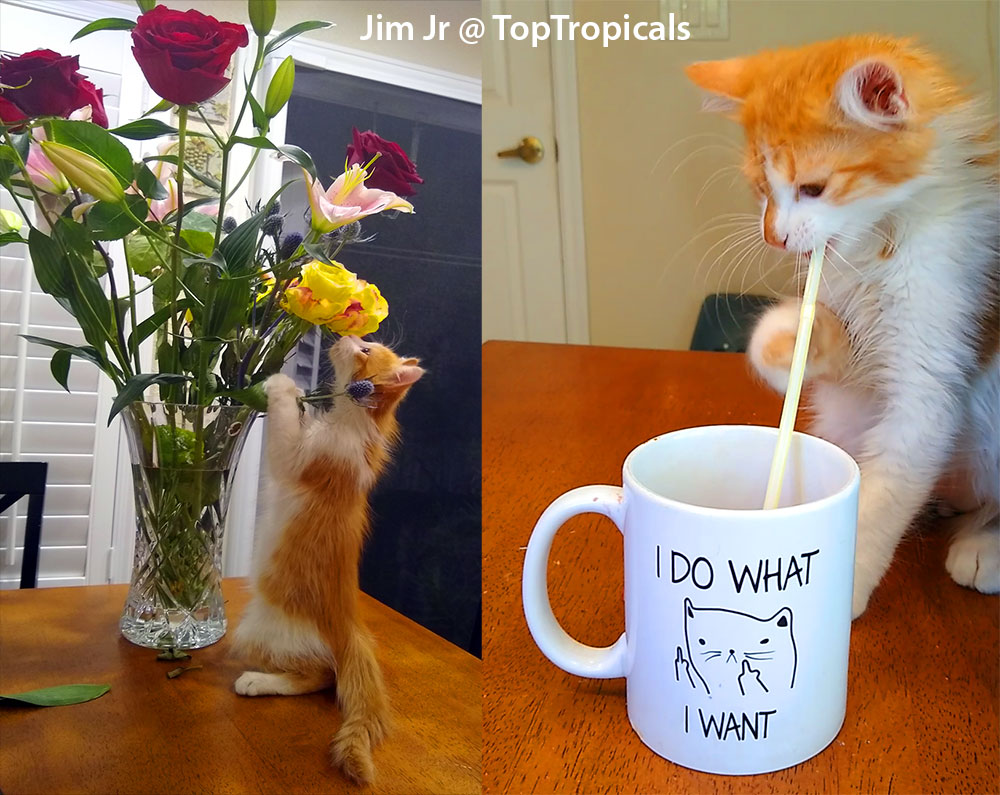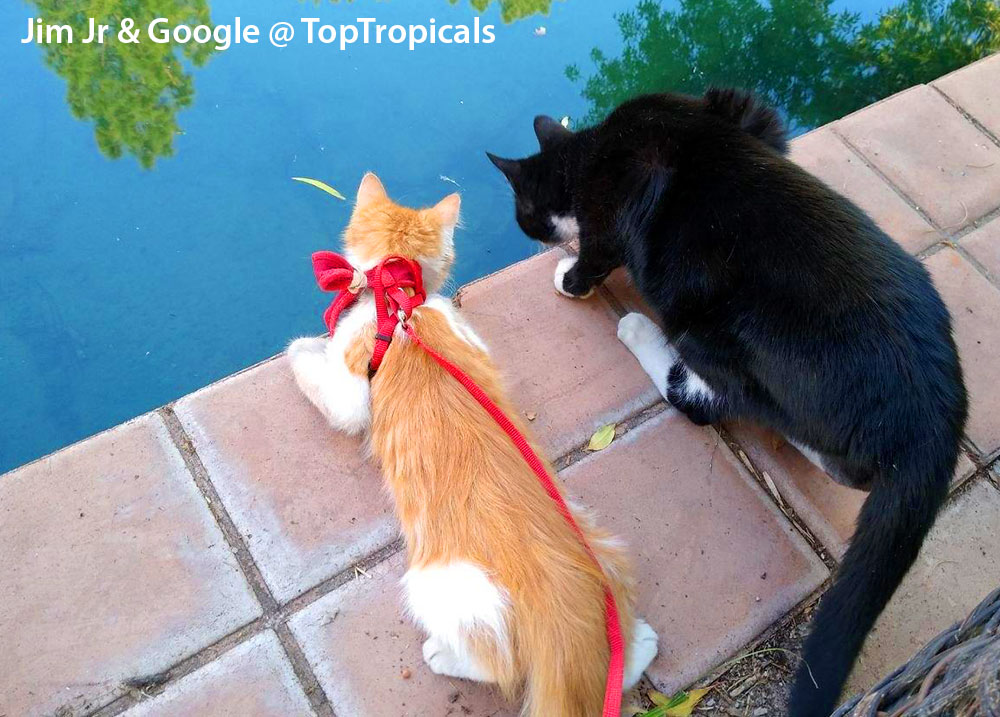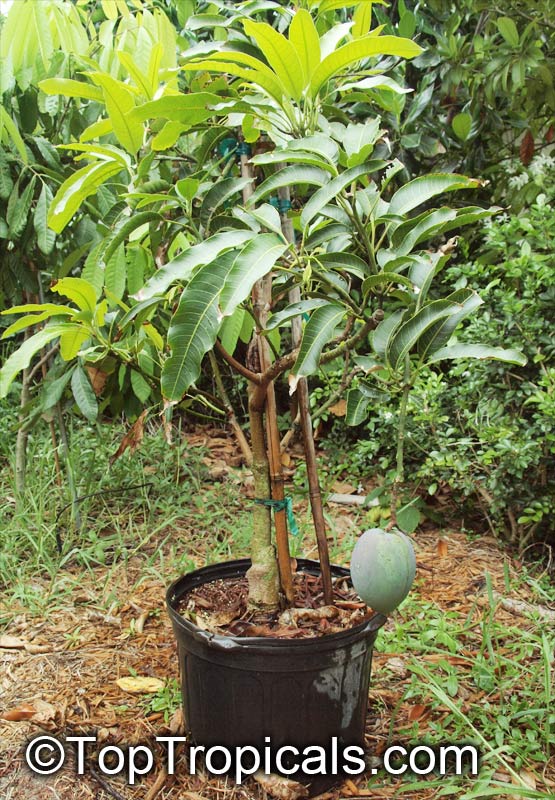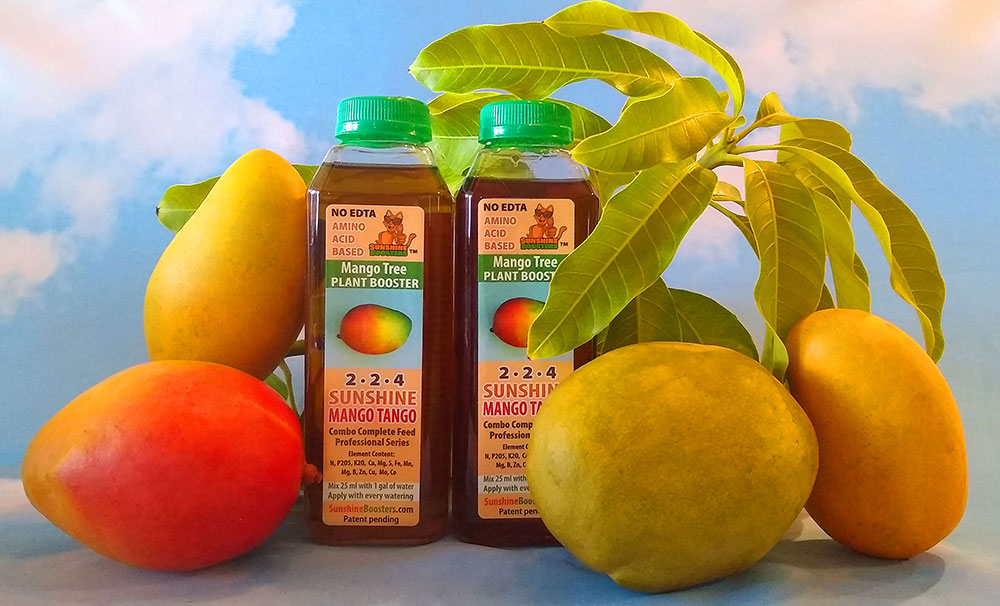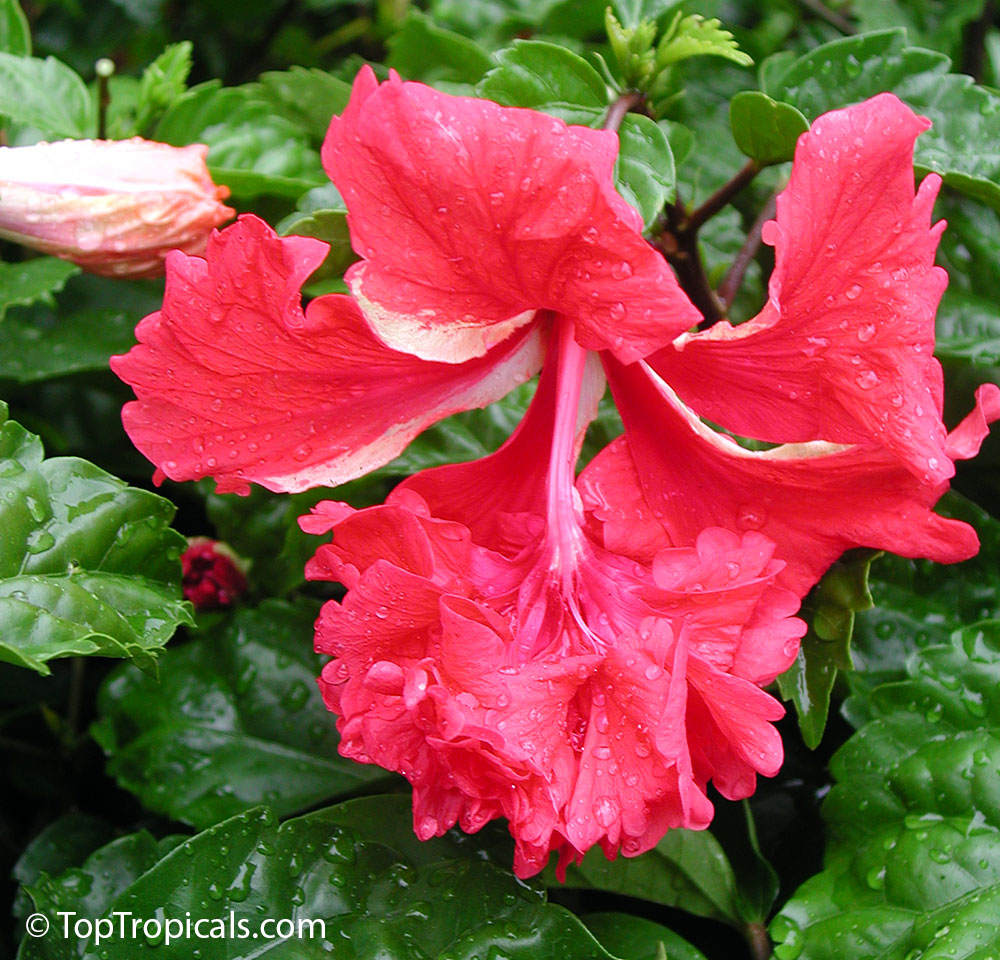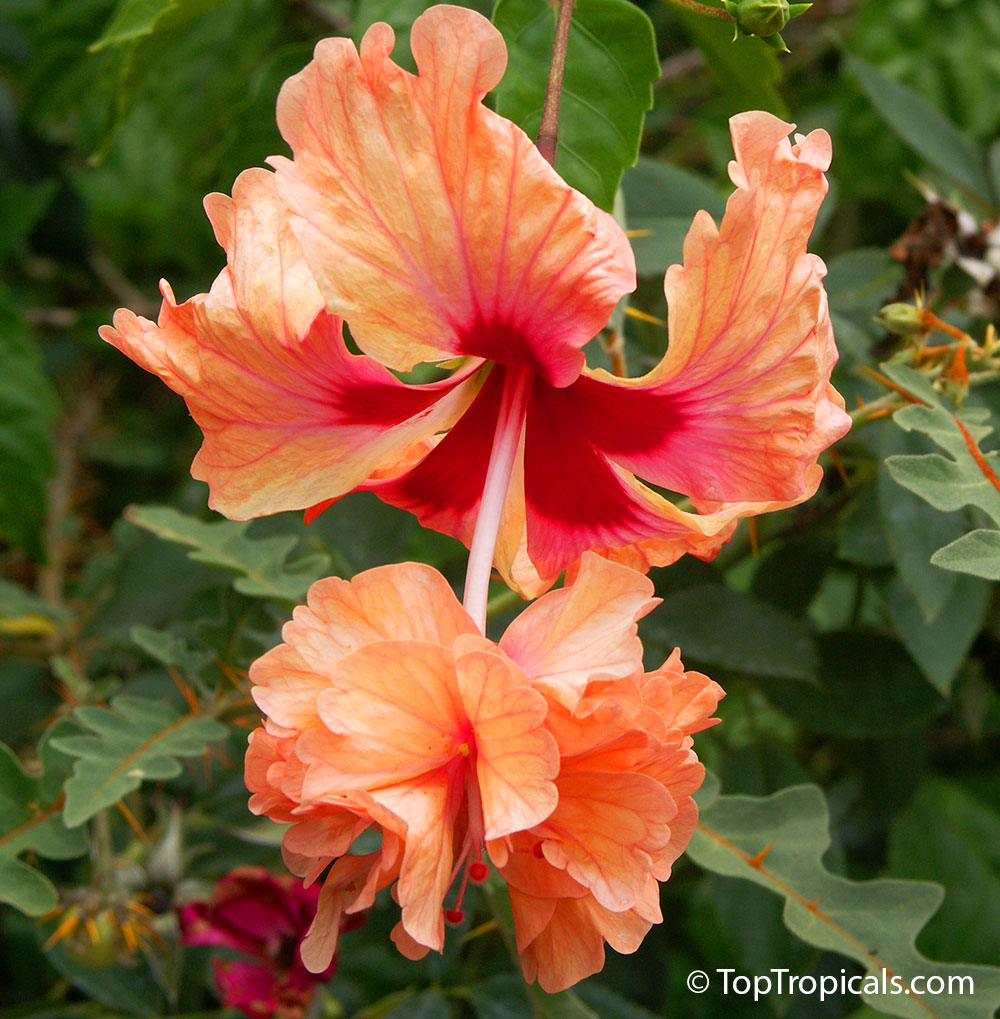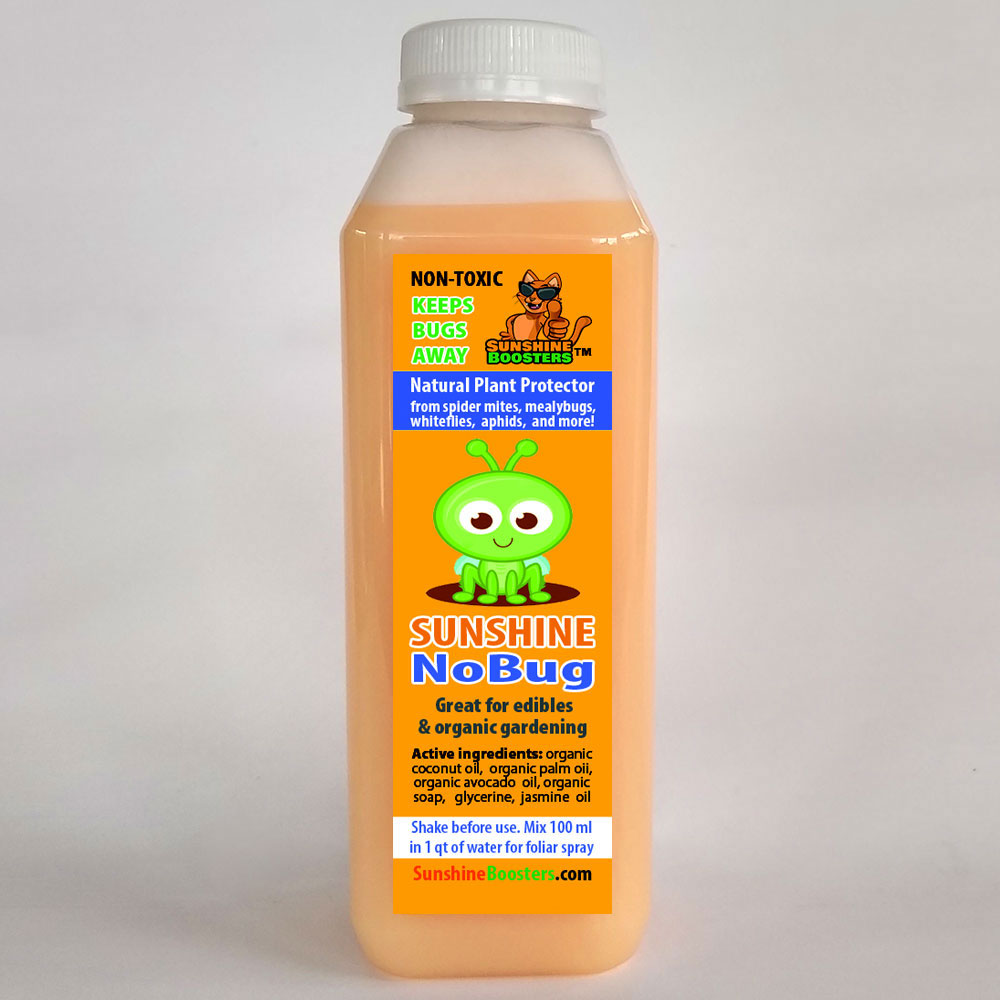Cashew Nut tricks and challenges
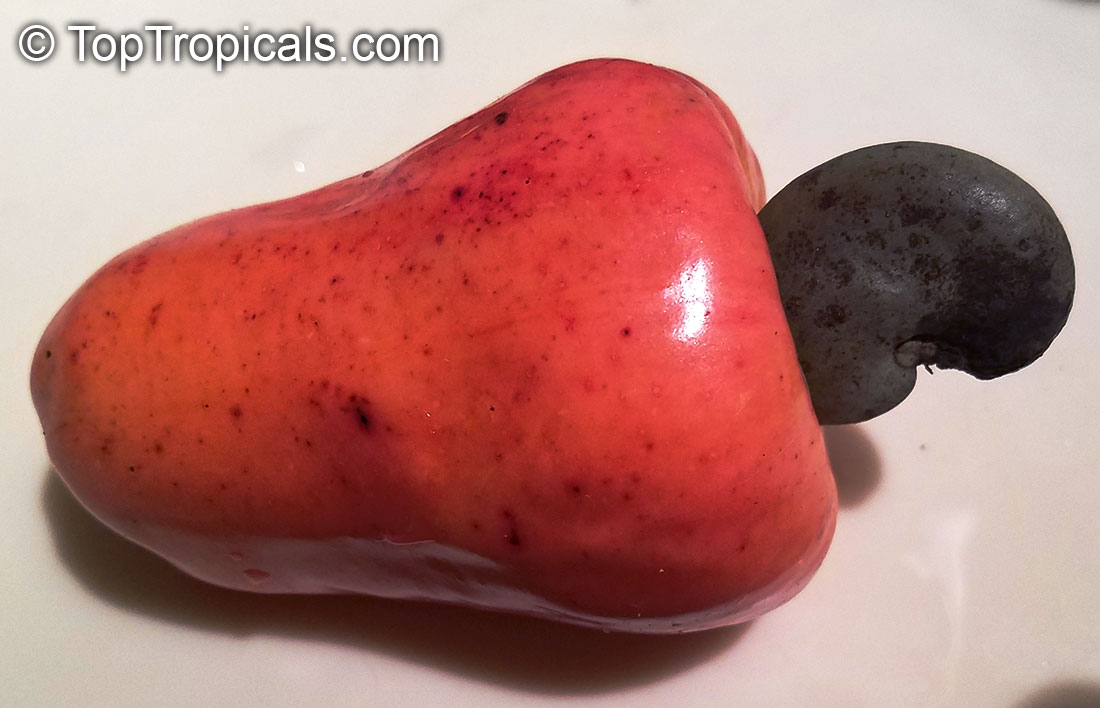
Q: I bought a cashew plant in May of this year it has been
slow-growing well then all of a sudden it started dying. I have cut it back halfway
down. So a plant that was close to 3 ft tall is now 1 1/2 feet. I see new
leaves trying to spring closer to the root. Help! It's in a huge 18" wide pot,
I have not put it in the ground yet. I am in the Orlando area.
A: Generally speaking, Cashew is not the easiest plant to grow. Cutting it down added more
stress to the plant. A few thoughts:
1) Chances are, the tree was over-watered (possibly summer rains, we had
pretty wet summer this year in FL). Cashew trees are very sensitive to
over-watering while young. Considering it sits in pretty large pot, this may have
created soggy conditions. Don't bother repotting the plant now, just try to
reduce watering. We have less rains now. If you have automatic sprinklers,
move it away from sprinkler so you can control moisture manually. Even better -
move it under roof (lanai, etc) where it still can get lots of bright light,
but you can control water.
2) In Orlando, winters are too cold for this tree. Make sure to protect
it from cold - bring inside when temperature drops below 65F, especially
considering that the plant is still struggling.
3) Keep in mind that Cashew is semi-deciduous tree, meaning it looses
leaves during cooler period. If all leaves are gone but the stem still green
(after nail scratch) - just give it time, it may start growing vigorously in
Spring.
4) You may apply Sunshine Boosters with every watering (which should be
once a week, or even less frequent if the soil is still moist) - SUNSHINE C-Cibus - Crop Nutrition Booster
Keep the plant in full sun or at least very bright filtered light. It
must be always warm. Bring inside if below 65F.

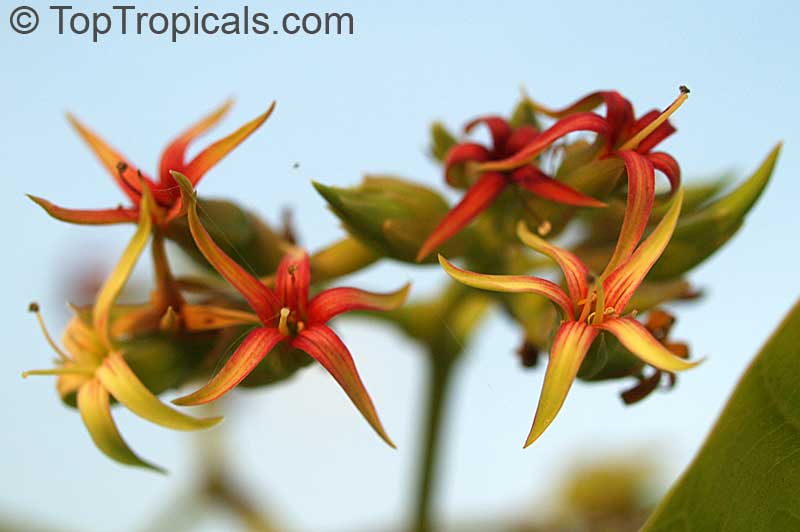
Photo above: Cashew Tree flowers are so amusing!
